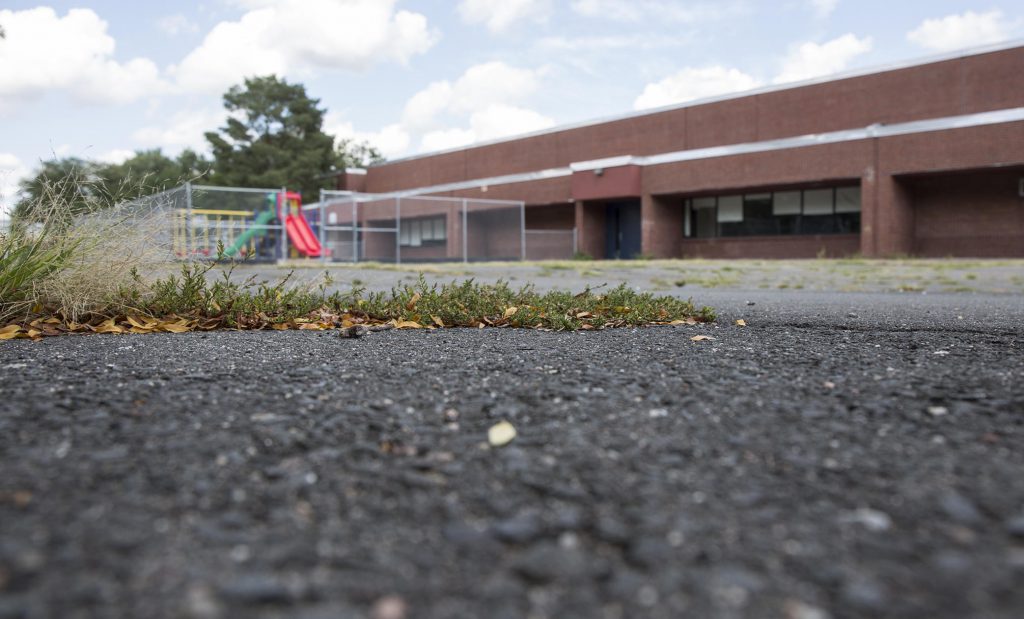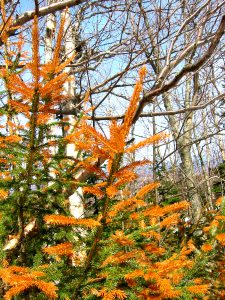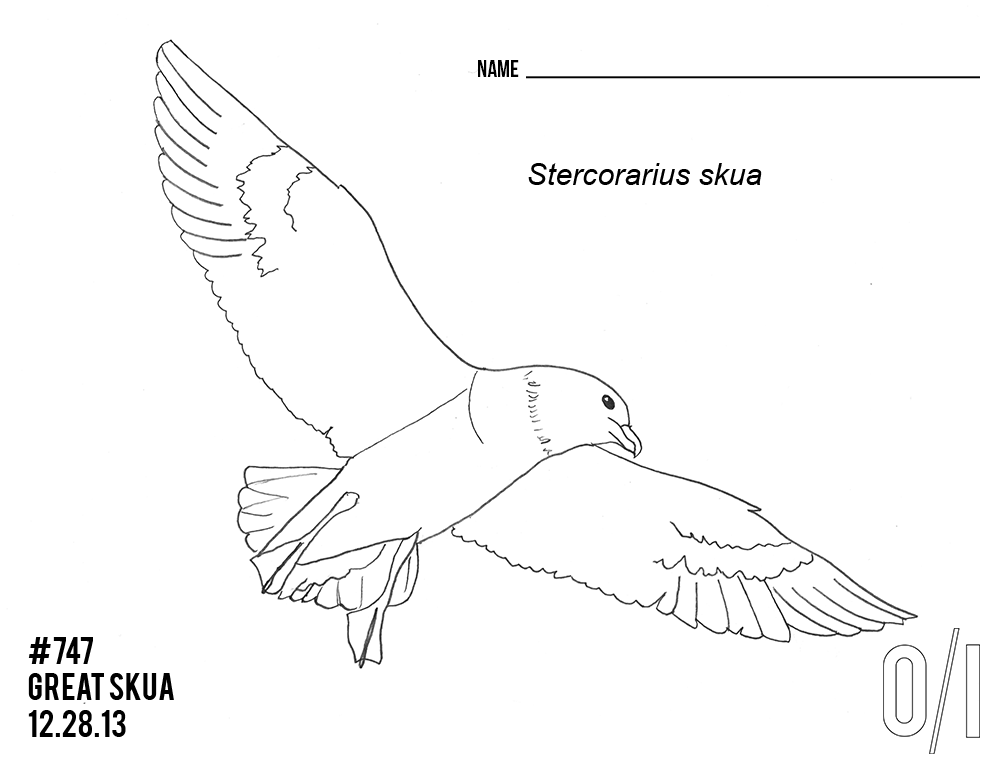Episode 12: Built In

This week: What we know, and what we don’t, about PCBs in New England’s schools. Plus, what we’ve learned about acid rain, climate change and more from 50 years of research in a New Hampshire forest, and what biologists are doing to help animals like bear and moose to move safely around human infrastructure. And finally, a peek into the surprisingly bad-ass world of bird-watching.

Hartford’s Clark School, closed after PCBs were discovered in the building in December. 2014 The toxic materials were found in new ceiling tiles. (Credit: Ryan Caron King/WNPR)
Toxic Learning Environment
In Episodes 2 and 3, we heard about the toxic effects of PolyChlorinated Biphenyls, or PCBs, deposited by General Electric in the Housatonic River in Western Massachusetts, and the controversy about whether to remediate downstream.
But in many other places where PCBs were used, there’s no mandate to even test for the toxin, even in places where it could likely be affecting children — like schools. PCBs were widely used in caulk around windows and lighting fixtures between 1950 and 1979, when many of our nation’s school buildings were built.
Recent research indicates that as many as 26,000 schools across the country could be contaminated, and this month Senator Ed Markey of Massachusetts sounded the alarm with a new report.
Our guests are education reporter David DesRoches, who has covered the issue for WNPR and Reveal from the Center for Investigative Reporting; Dr. Robert Herrick of Harvard’s TH Chan School of Public Health, whose study was cited in Senator Markey’s report; and Melanie Benesh, legislative attorney at the Environmental Working Group.
Flora and Fauna
Look at a map of New England, and you’ll see lots of forest habitat. But a growing challenge for wildlife is that this habitat is increasingly fractured. As we’ve built up roads and housing developments, crossing between key forest areas — such as from the Adirondacks to the Green Mountains — can be a dangerous trip for a moose or a bear.

Massachusetts has identified key potential crossing areas to focus on. (Credit: The Nature Conservancy)
To tackle this challenge, New England and eastern Canadian provinces have banded together to preserve what they’ve identified as 9 key critical pathways in the region.
Six out of nine of those linkage areas happen to fall in Vermont. As Vermont Public Radio’s Kathleen Masterson reports, part of the project involves studying just how animals cross the road. Read Kathleen’s reporting.
In the early 1960s, a group of environmental scientists in New Hampshire began a research project on a scale that had never been done before. Their laboratory was a whole ecosystem: a 7800- acre forest in the White Mountains. The nine distinct watersheds in that forest would allow for comparison studies – and the length of the study would help chart the natural and man-made changes that happen in a forest ecosystem.

Freezing injury in red spruce needles during the cold winter of 2003 brought about by leaching of calcium from the needles by acid rain. (Credit: G.J. Hawley)
One of their first observations – the high acidity of the water in forest streams – led to awareness of acid rain and the eventual amendment of the Clean Air Act in 1990.
More than 50 years later, researchers at Hubbard Brook are documenting the effects of climate change, the decline in bird populations, and more.
We speak with Gene E. Likens, co-founder of the Hubbard Brook Ecosystem Study and co-author of the book Hubbard Brook: The Story of a Forest Ecosystem, published in May of this year.
Hubbard Brook Experimental Forest is located in North Woodstock, New Hampshire, about an hour north of Concord. It’s open to the public. Driving directions.
“Throw in a little bit of anxiety, throw in a little bit of obsessive compulsion, throw in a little bit of over-achievement”
In 2013, Neil Hayward was depressed. He had just left the biotech company he helped start, and he was getting over the end of a very serious relationship. He had disposable income, and free time. Suddenly, he found himself doing a lot of birding. A lot. On this segment from the NHPR podcast Outside/In, host Sam Evans-Brown delves into the subculture of bird watching.

A great skua for your coloring pleasure. (Credit: Outside/In)
About Next
NEXT is produced at WNPR.
Host: John Dankosky
Producer: Andrea Muraskin
Executive Producer: Catie Talarski
Digital Content Manager/Editor: Heather Brandon
Contributors to this episode: David DesRoches, Kathleen Masterson, Sam Evans-Brown
Music: Todd Merrell, “New England” by Goodnight Blue Moon, “Sunshowers” by M.I.A., “Lightning on a Blue Sky” by Twin Musicom
We appreciate your feedback! Send praise, critique, suggestions, questions, story leads, and pictures of your corner of New England to next@wnpr.org.


